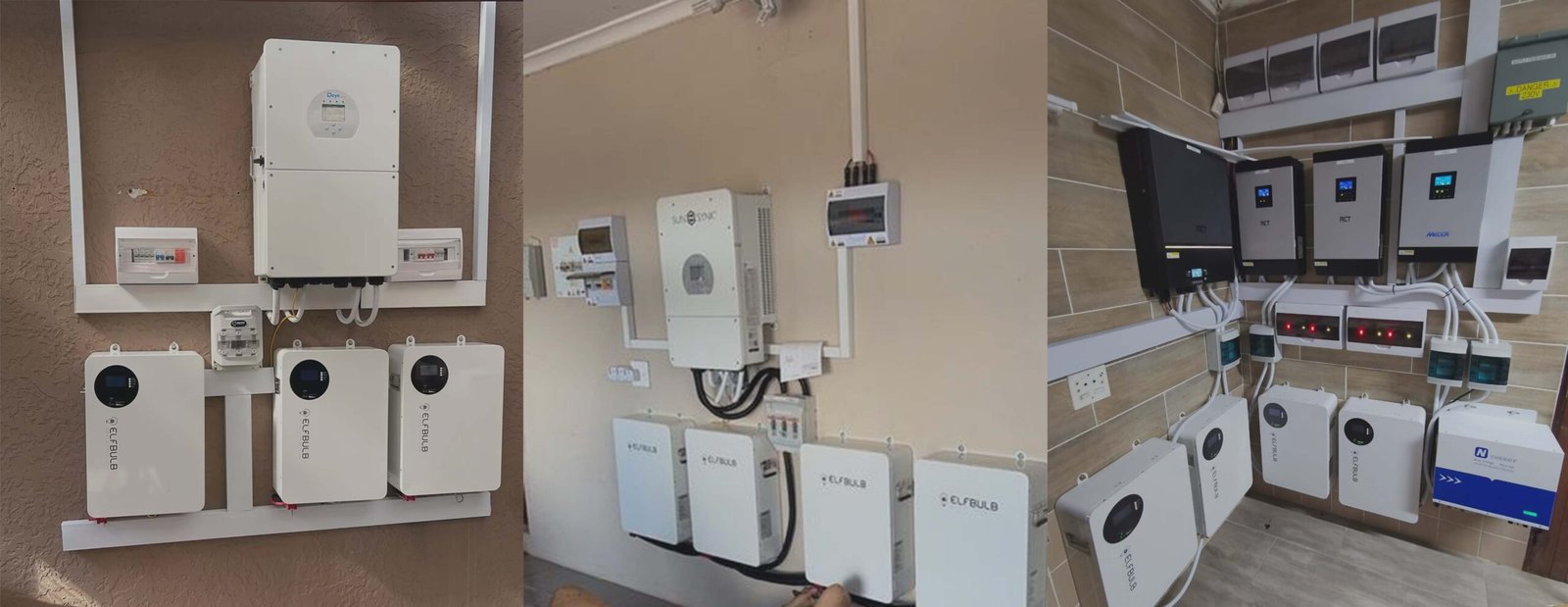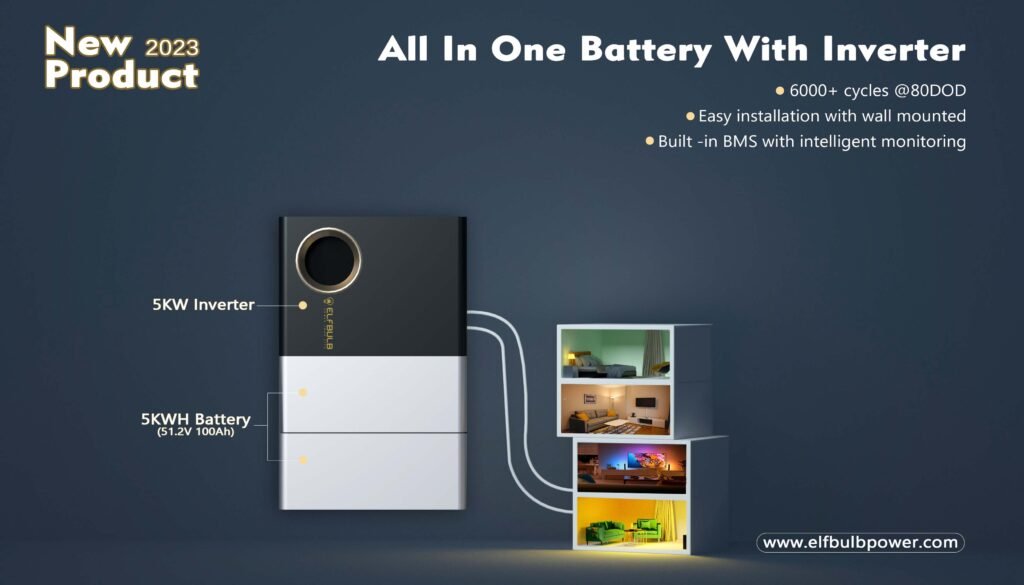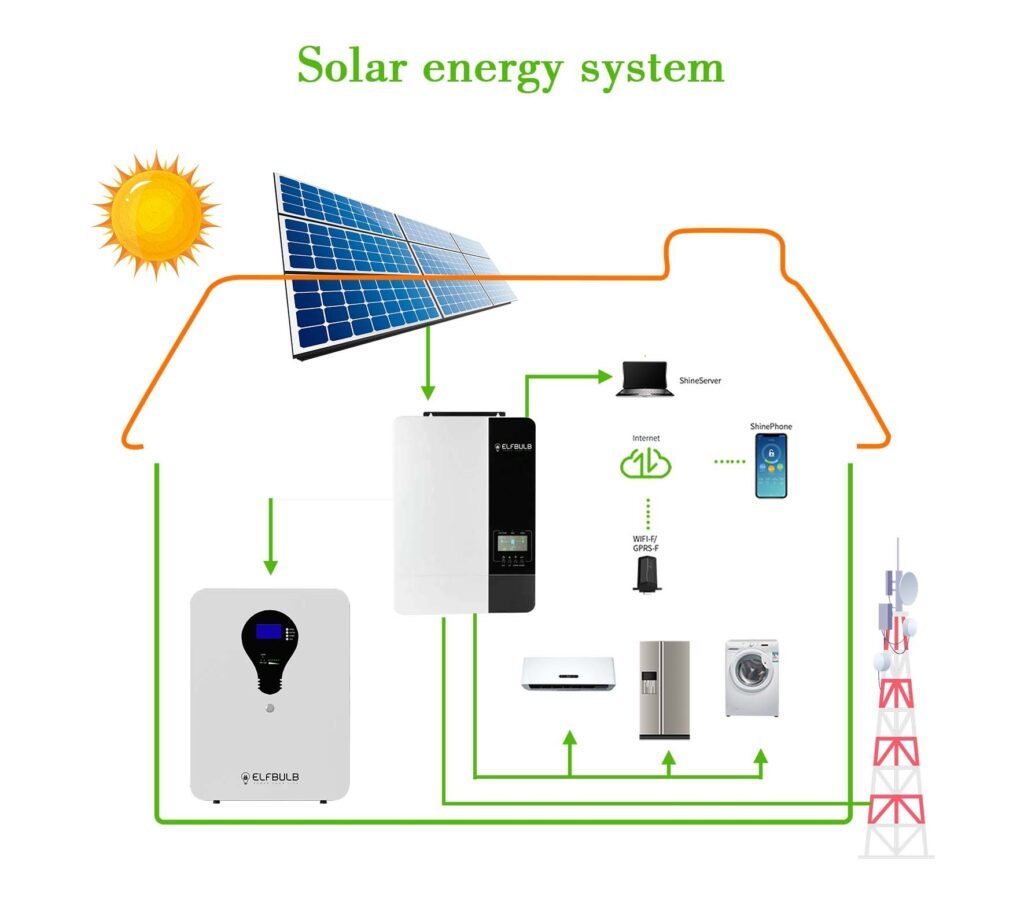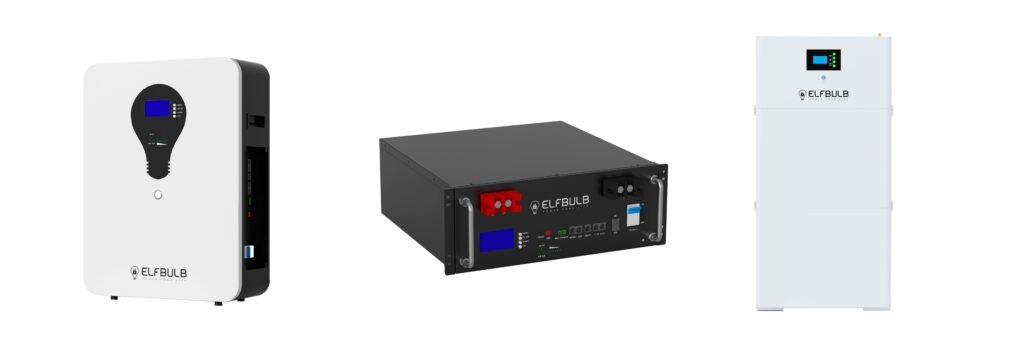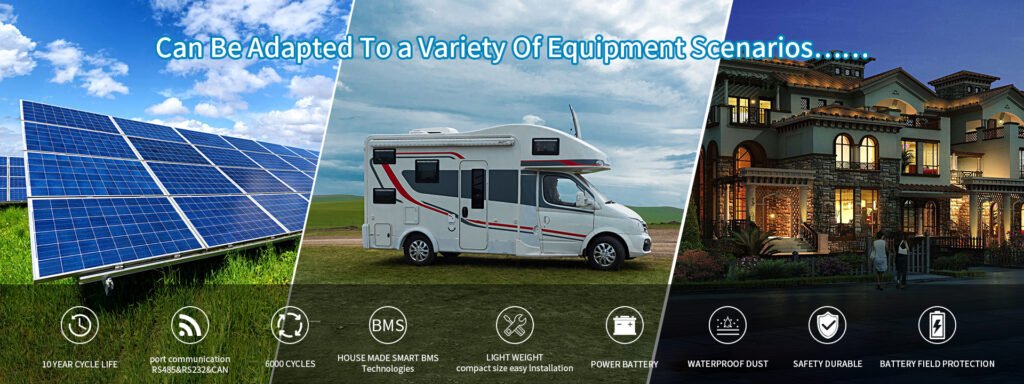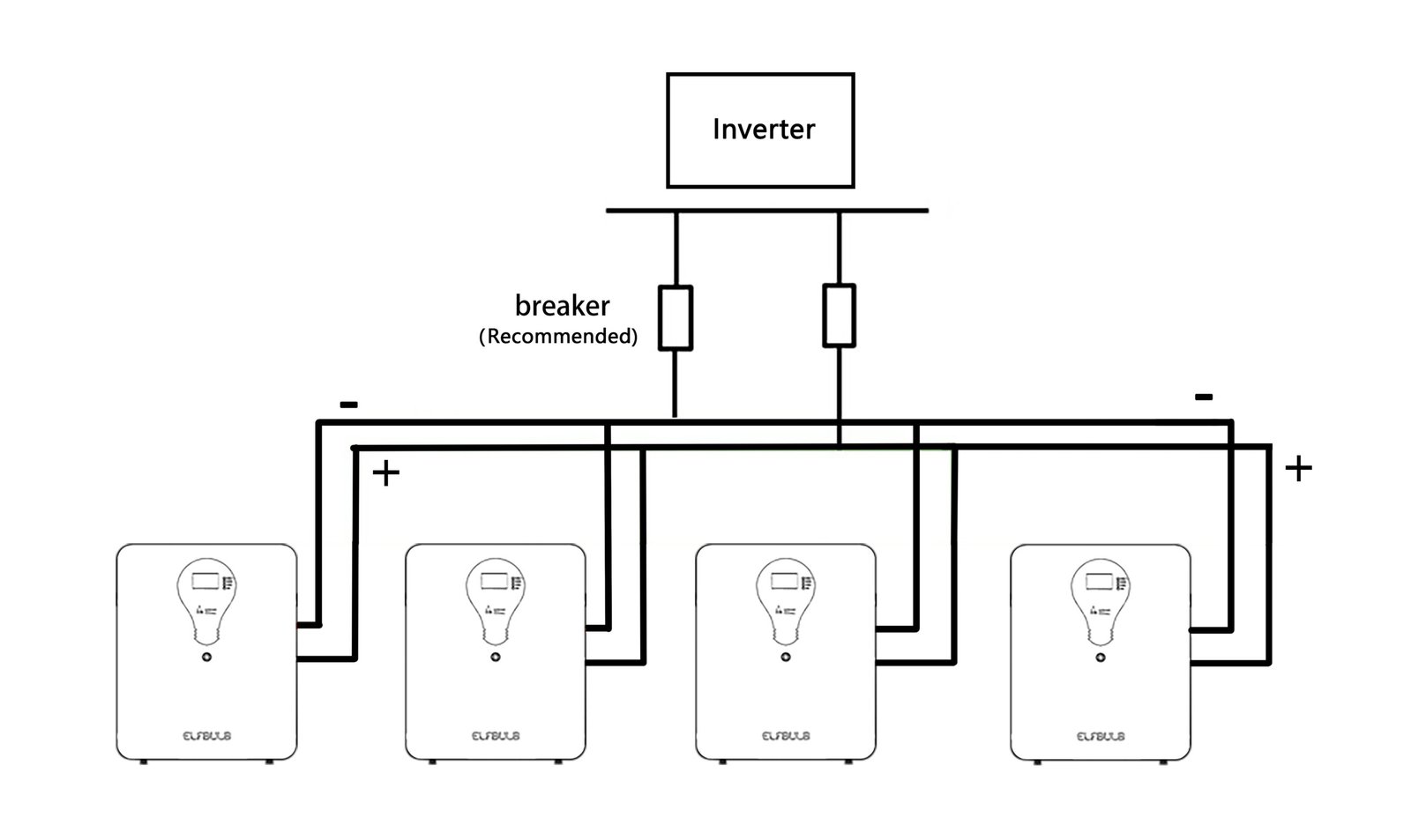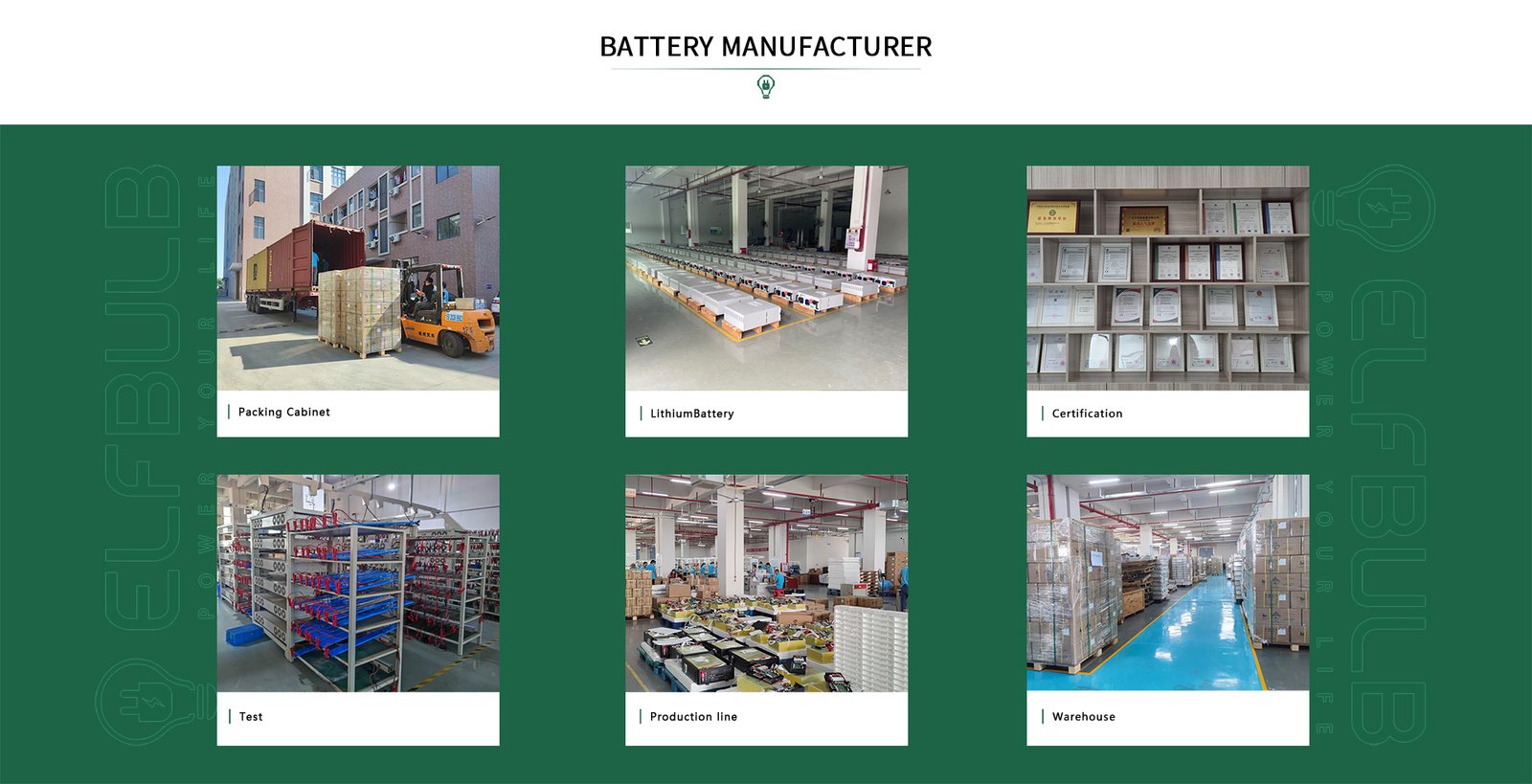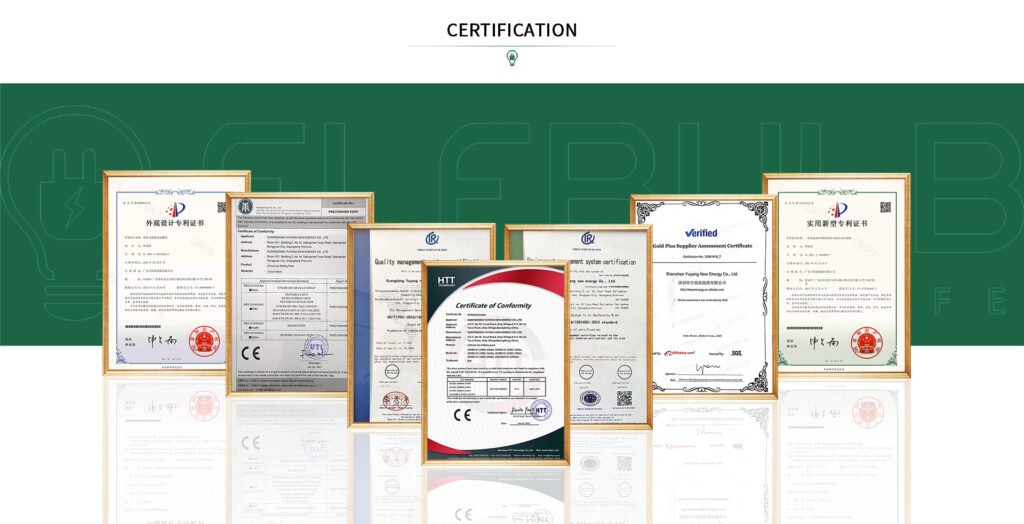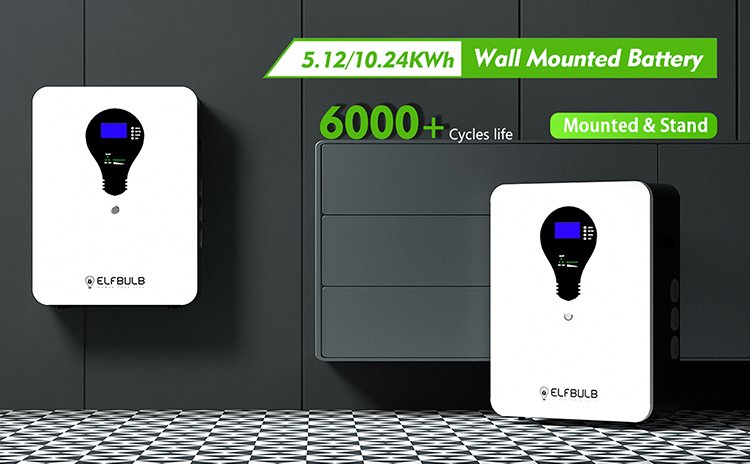Are you looking for a reliable and efficient energy storage system for your camper? Look no further than the 1MWh Containerised Energy Storage System. This system is designed to provide you with the power you need to keep your camper running smoothly, no matter where your adventures take you.
What is the 1MWh Containerised Energy Storage System?
The 1MWh Container Energy Storage System is a powerful and versatile energy storage solution that is perfect for campers, RVs, and other mobile applications. This system is designed to provide reliable power in even the most challenging environments, making it an ideal choice for anyone who loves to explore the great outdoors.
What Equipment is Included in the 1MWh Containerised Energy Storage System?
The 1MWh Containerised Energy Storage System comes equipped with a range of essential equipment that will help you get the most out of your camper. Here’s what you can expect to find in this system:
- Battery Racks & Wiring (LFP): The battery racks and wiring are designed to provide reliable power to your camper, even in challenging conditions.
- Battery Management System (BMS): The BMS helps to ensure that your batteries are always charged and ready to go when you need them.
- AC Power Conversion System (PCS): The PCS converts DC power from the batteries into AC power that can be used to power your camper’s appliances and electronics.
- Transformer: The transformer helps to ensure that the power output from the PCS is at the right voltage for your camper’s needs.
- 20 Ft Container: The 20 Ft container provides a secure and weather-resistant enclosure for all of the equipment included in the system.

Conclusion
If you’re looking for a reliable and efficient energy storage solution for your camper, look no further than the 1MWh Container Energy Storage System. With its powerful equipment and versatile design, this system is sure to meet all of your energy needs on the road.


